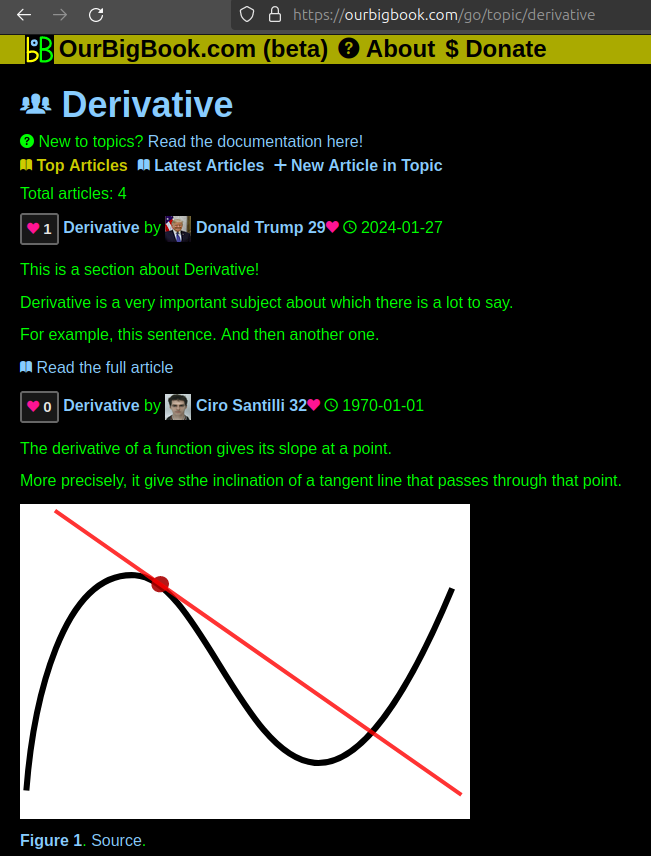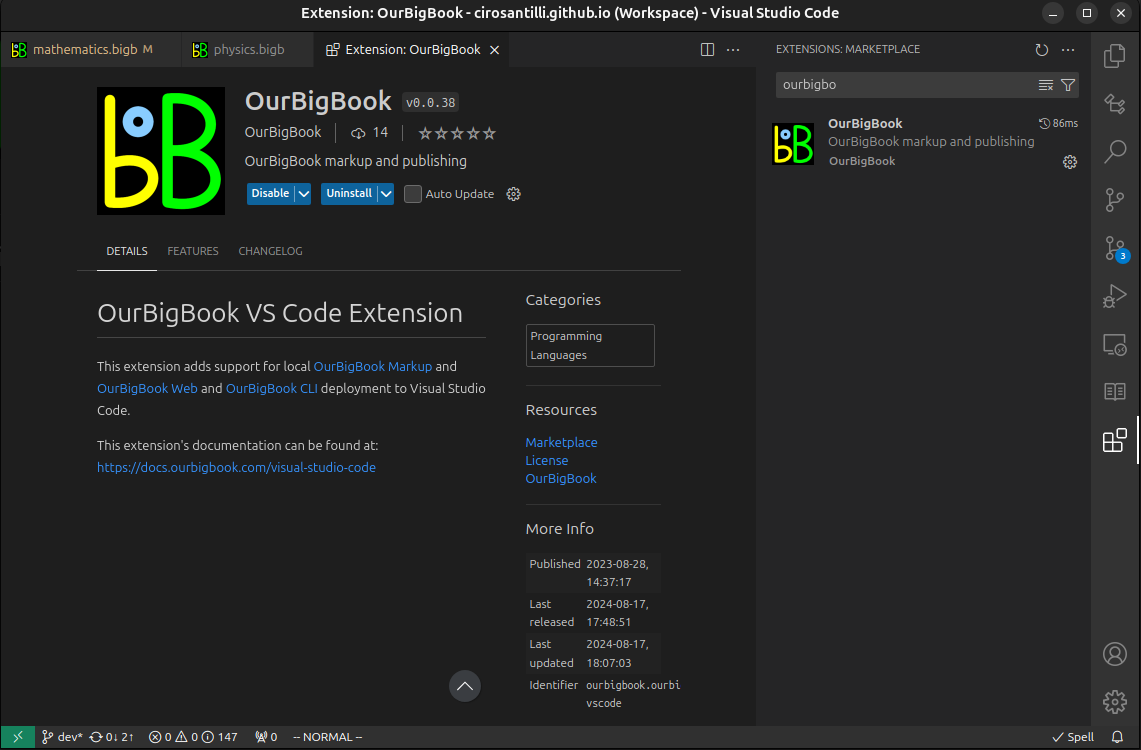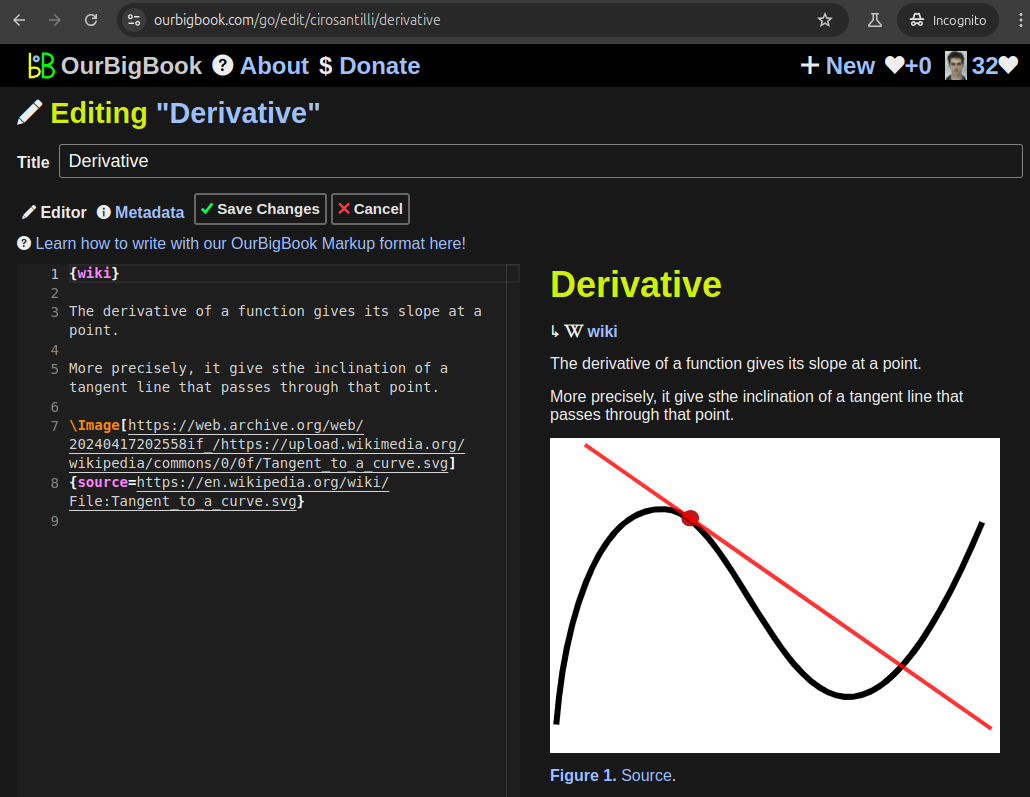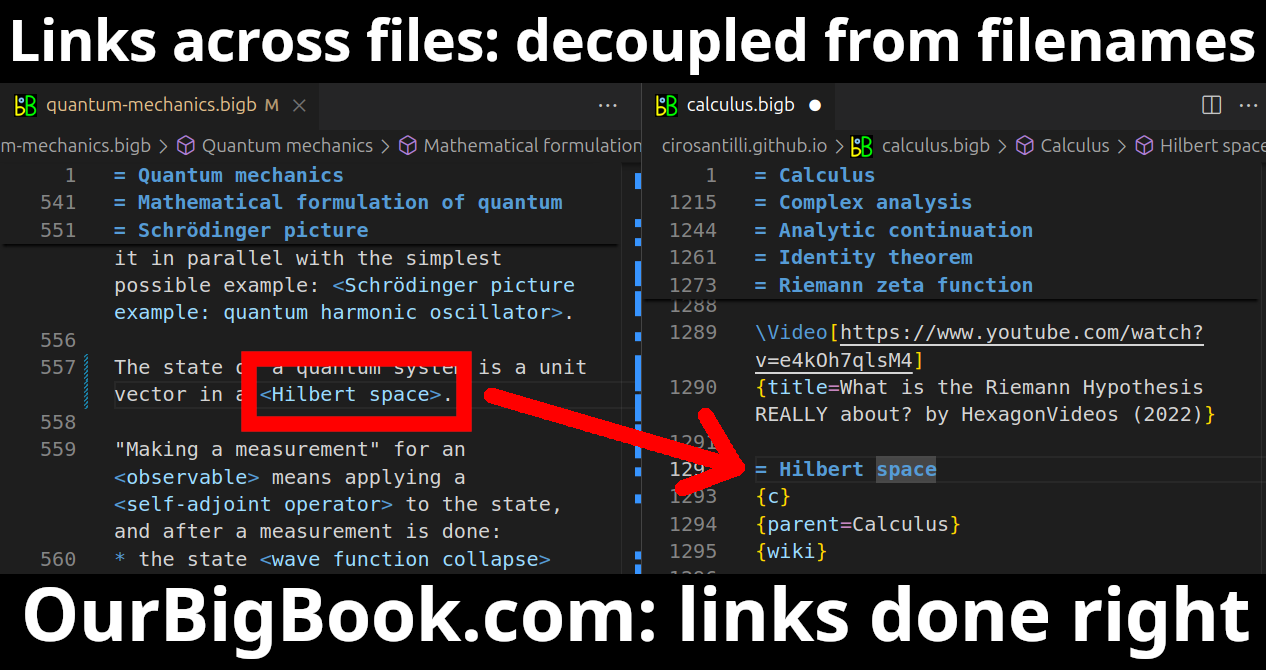GenGIS is a software application designed for the visualization and analysis of genomic data in the context of geographic information systems (GIS). It allows researchers to map genomic data onto geographic landscapes, enabling the exploration of spatial patterns and relationships in biological data. GenGIS can be particularly useful in fields such as ecology, evolutionary biology, and epidemiology, where understanding the spatial distribution of genetic variation is important.
GeneRIF (Gene Reference Into Function) is a database and resource that provides concise functional descriptions or annotations for specific genes. It is part of the National Center for Biotechnology Information (NCBI) resources and includes brief summaries about the biological roles, characteristics, and significance of genes based on published research.
Lev Zelyony is a notable figure in the field of mathematics, particularly known for his work in topology and its applications. He has contributed to various areas within mathematics and is recognized for his research and educational efforts.
The Language of Temporal Ordering Specification (LOTOS) is a formal specification language that was developed for the description and verification of distributed systems and concurrent processes. It is an extension of the algebraic specification of communicating systems, particularly focusing on the representation of temporal properties pertaining to the ordering of events. LOTOS is based on the principles of process algebra and relies on formal semantics to provide a rigorous framework for defining system behaviors in terms of processes, events, and their interactions over time.
Left recursion is a concept in formal grammar, particularly in the context of context-free grammars used in programming languages and compilers. A grammar is said to be left recursive if it has a production rule where a non-terminal symbol on the left-hand side eventually derives itself again on the left-hand side of the same production. This creates the potential for infinite recursion during parsing, as the parser can keep calling the same rule without making any progress.
Lessa is a unit of measurement for illuminance, which refers to the amount of luminous flux per unit area. Specifically, it is defined as one lumen per square meter. The unit is primarily used in specialized contexts, though in most applications, the more commonly known unit for measuring illuminance is the lux, which is equivalent to one lumen per square meter. Illuminance is an essential factor in assessing lighting conditions, such as in workplaces, public spaces, and photography.
Linear-fractional programming (LFP) is a type of mathematical optimization problem where the objective function is a ratio of linear functions.
Lisa Bortolotti is a philosopher known for her work in the areas of philosophy of mind, epistemology, and the philosophy of psychology. She has made significant contributions to discussions surrounding the nature of belief, delusion, and self-deception. Bortolotti often explores how psychological phenomena can inform our understanding of rationality and the role of mental states in human behavior. She has published numerous articles and books that address these themes, often emphasizing the importance of understanding the subjective experiences of individuals.
The American Statistical Association (ASA) has a long history and a list of presidents who have served since its founding in 1839. Each president typically serves a one-year term. While I can't provide a complete list of all presidents due to the length and detail involved, I can summarize some of the most recent presidents or provide information regarding specific notable individuals if you're interested. You can find the complete and detailed list of presidents from the ASA's official website or through historical records associated with the organization.
Scattering experiments are essential techniques in various scientific fields, including physics, chemistry, and biology, used to investigate the properties of particles, atoms, and molecules. Here is a list of some significant types of scattering experiments: ### 1. **Elastic Scattering** - **Rutherford Scattering**: Used to probe the nuclear structure by scattering alpha particles off a thin foil.
Literary consonance is a stylistic device characterized by the repetition of consonant sounds in close proximity within a piece of writing, often at the end or middle of words. Unlike alliteration, which focuses on the repetition of initial consonant sounds, consonance involves repeated consonant sounds that can occur at different positions in the words. Consonance can add rhythm, enhance mood, or create a sense of harmony in poetry and prose.
The Liverpool Telescope is a fully robotic telescope located at the Observatorio del Roque de los Muchachos on La Palma in the Canary Islands, Spain. It was inaugurated in 2004 and is operated by the Astrophysics Research Institute at Liverpool John Moores University. The Liverpool Telescope is notable for being one of the largest fully robotic telescopes in the world, with a primary mirror diameter of 2 meters.
Louis Gustave Mouchel (1817–1881) was a notable French botanist and mycologist who contributed significantly to the study of fungi. He is recognized for his work in classifying and describing various fungal species. In addition to his botany work, Mouchel is often cited in the context of mycology, where he contributed to the understanding of the taxonomy and characteristics of different fungi.
Luciano Maiani is an Italian theoretical physicist known for his contributions to particle physics and cosmology. He has worked on various topics, including the development of the theory of weak interactions, quantum field theory, and aspects of the Standard Model of particle physics. Maiani has also served as a prominent figure in the scientific community, including roles at institutions such as CERN (the European Organization for Nuclear Research).
Magnetic confinement fusion devices are experimental technologies designed to achieve nuclear fusion— the process that powers stars, including the sun— by confining hot plasma using magnetic fields. The goal is to replicate the conditions for fusion on Earth in a controlled manner. Here’s a basic overview: ### Principles of Magnetic Confinement Fusion 1. **Fusion Reaction**: Fusion occurs when light atomic nuclei combine to form a heavier nucleus, releasing a significant amount of energy.
Paramasivam Natarajan does not appear to be a widely recognized figure in public knowledge as of my last update in October 2023. It's possible that he could be a private individual, a professional in a specific field, or a less widely known public figure who gained prominence after that date. If you have more context or can specify the domain (like academia, arts, sports, etc.
Malta is a small island nation located in the central Mediterranean Sea, south of Italy and north of Libya. It consists of the main island of Malta, along with the smaller islands of Gozo and Comino. The capital city is Valletta, which is known for its rich history, well-preserved architecture, and cultural heritage.
Mariano Artigas (1938–2006) was a notable Spanish physicist and philosopher primarily recognized for his work in the philosophy of science and the relationship between science and religion. He was particularly interested in the implications of scientific theories, such as evolution and cosmology, for theological perspectives. Artigas was an advocate for the compatibility of faith and reason, arguing that scientific discoveries can enhance, rather than contradict, religious beliefs.
Mariano Giaquinta refers to an Argentine mathematician known for his contributions to mathematical analysis and related fields. He is particularly recognized for his work in functional analysis, particularly in the context of partial differential equations and the theory of distributions. Giaquinta has published numerous papers and has authored or co-authored books that focus on topics in calculus of variations and the regularity theory of elliptic and parabolic equations.
Iran–United States relations have been characterized by tension and hostility since the Iranian Revolution of 1979, which resulted in the overthrow of the Shah, Mohammad Reza Pahlavi, and the establishment of the Islamic Republic under Ayatollah Khomeini. Below are key events and aspects that define this complex relationship after 1979: 1. **Hostage Crisis (1979-1981)**: Shortly after the revolution, Iranian students seized the U.S.
Pinned article: Introduction to the OurBigBook Project
Welcome to the OurBigBook Project! Our goal is to create the perfect publishing platform for STEM subjects, and get university-level students to write the best free STEM tutorials ever.
Everyone is welcome to create an account and play with the site: ourbigbook.com/go/register. We belive that students themselves can write amazing tutorials, but teachers are welcome too. You can write about anything you want, it doesn't have to be STEM or even educational. Silly test content is very welcome and you won't be penalized in any way. Just keep it legal!
Intro to OurBigBook
. Source. We have two killer features:
- topics: topics group articles by different users with the same title, e.g. here is the topic for the "Fundamental Theorem of Calculus" ourbigbook.com/go/topic/fundamental-theorem-of-calculusArticles of different users are sorted by upvote within each article page. This feature is a bit like:
- a Wikipedia where each user can have their own version of each article
- a Q&A website like Stack Overflow, where multiple people can give their views on a given topic, and the best ones are sorted by upvote. Except you don't need to wait for someone to ask first, and any topic goes, no matter how narrow or broad
This feature makes it possible for readers to find better explanations of any topic created by other writers. And it allows writers to create an explanation in a place that readers might actually find it.Figure 1. Screenshot of the "Derivative" topic page. View it live at: ourbigbook.com/go/topic/derivativeVideo 2. OurBigBook Web topics demo. Source. - local editing: you can store all your personal knowledge base content locally in a plaintext markup format that can be edited locally and published either:This way you can be sure that even if OurBigBook.com were to go down one day (which we have no plans to do as it is quite cheap to host!), your content will still be perfectly readable as a static site.
- to OurBigBook.com to get awesome multi-user features like topics and likes
- as HTML files to a static website, which you can host yourself for free on many external providers like GitHub Pages, and remain in full control
Figure 3. Visual Studio Code extension installation.Figure 4. Visual Studio Code extension tree navigation.Figure 5. Web editor. You can also edit articles on the Web editor without installing anything locally.Video 3. Edit locally and publish demo. Source. This shows editing OurBigBook Markup and publishing it using the Visual Studio Code extension.Video 4. OurBigBook Visual Studio Code extension editing and navigation demo. Source. - Infinitely deep tables of contents:
All our software is open source and hosted at: github.com/ourbigbook/ourbigbook
Further documentation can be found at: docs.ourbigbook.com
Feel free to reach our to us for any help or suggestions: docs.ourbigbook.com/#contact






